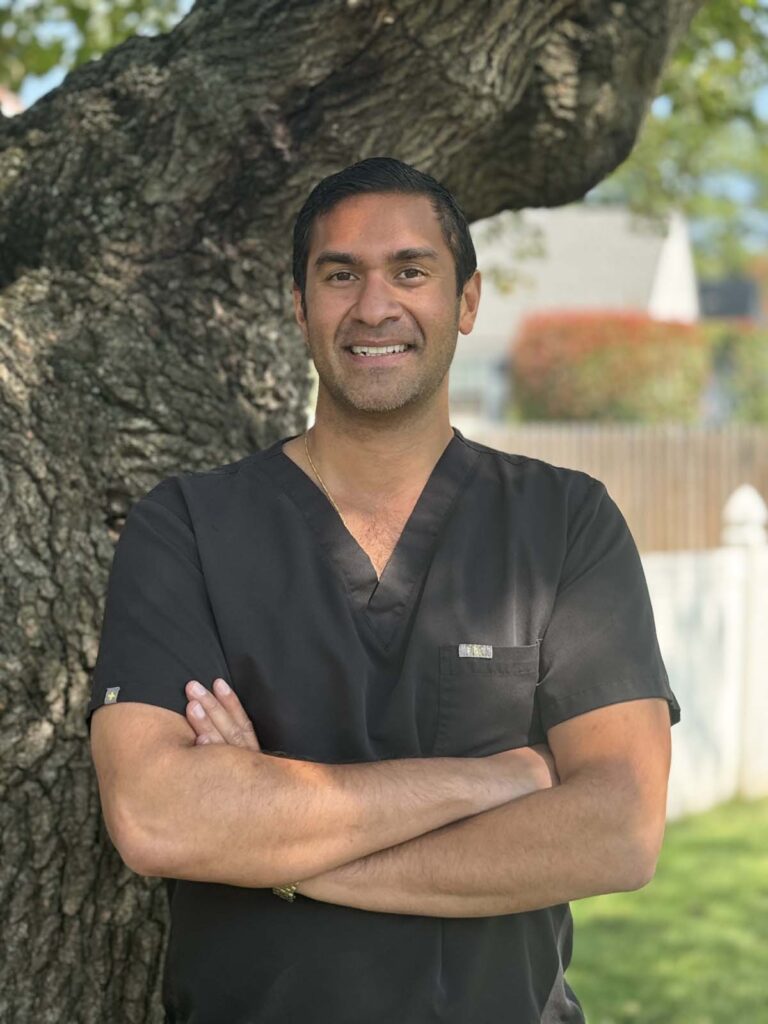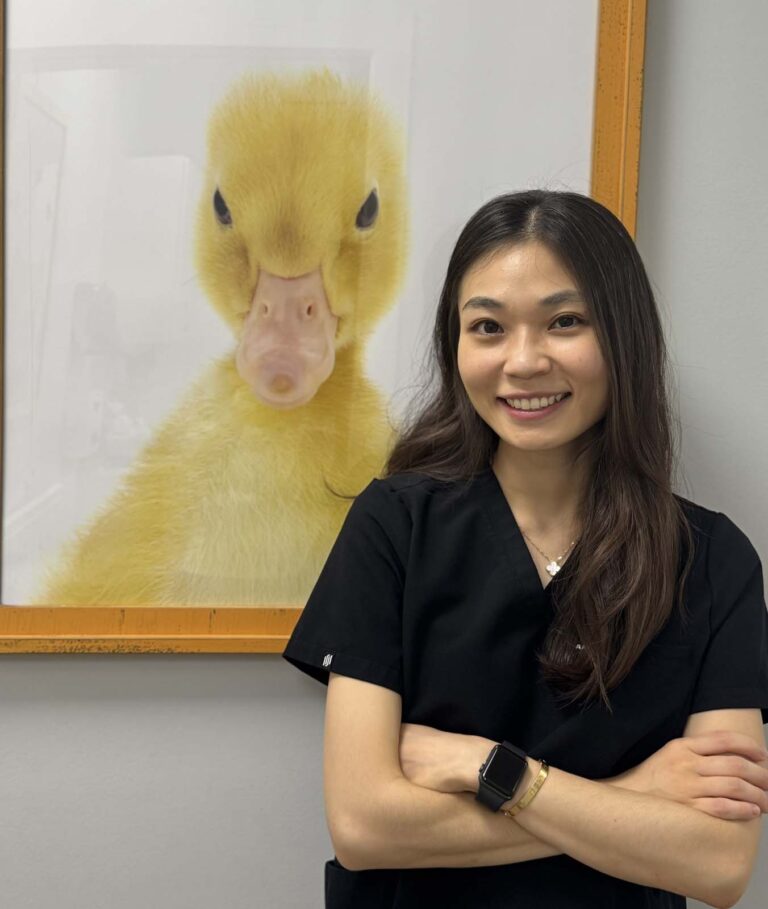Dental Services Tailored for Your Comfort
Comprehensive and modern dental care for the entire family, delivered with your well-being in mind.
Preventative Dental Care
Preventative dental care goes beyond routine checkups and cleanings—it’s the cornerstone of maintaining strong, healthy teeth for life. Find general dental services and treatments that monitor your teeth and gums to prevent decay and other issues.

Restorative Dentistry
Restorative dentistry focuses on restoring the function and health of your teeth and gums, so you can live pain-free and smile confidently. From fillings and crowns to implants and bridges, we offer solutions that rebuild and enhance your oral health, ensuring long-term functionality and comfort.

Cosmetic Dental Care
Cosmetic dental care is designed to transform your smile, boosting both appearance and confidence. If you’re seeking veneers, teeth whitening, or working with our orthodontist for more complex alignment solutions, we’ll help you achieve the smile you’ve always wanted.

Specialty Services
At The Dental Family, we offer a wide range of preventative, restorative and cosmetic dental services for the whole family, but we specialize in a few. If you’re looking for dental implants, sleep apnea, Invisalign®, TMJ, and teeth whitening experts, you’ve come to the right place.

Skilled. Modern. Dental Services.
At The Dental Family, we combine the latest technology with compassionate care to create the best experience for every patient. We are committed to providing outstanding service, whether you need preventative, restorative, or cosmetic care. We are proud to offer affordable dental care for families across Westfield & Cranford, NJ. Request your next appointment, today!


















